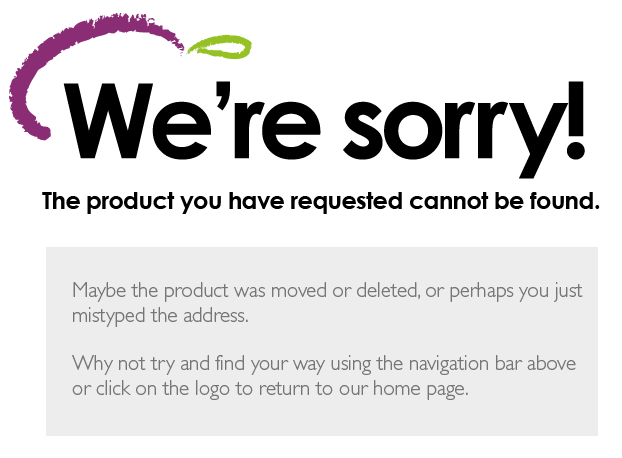Không tìm thấy tin đăng này!

RAO VẶT HÔM NAY
- 3
Bán nhà đường thụy phương :dt 30 m2 , mt 4m, 5 tầng,
Cập nhật: vài giây trước - 2
Bán đất quận bắc từ liêm - phố đông ngạc - ô tô vào nhà - trung tâm - dt 57m , 5 mt. giá hơn 3
Cập nhật: vài giây trước  2
2Cực hiếm, bán nhà lý quốc sư, 50m2, mặt tiền 5.2m, 25.8 tỷ, kinh doanh
Cập nhật: vài giây trước- 3
Bán nhà quận bắc từ liêm phố phạm văn đồng , , 63m ,
Cập nhật: 1 phút trước - 2
Bán nhà quận bắc từ liêm - nhà mặt phố đông ngạc - vị trí trung tâm - để ở , cho thuê , kinh
Cập nhật: 2 phút trước - 3
Bán nhà đẹp học viện tài chính- quận bâc từ liêm - dân xây-
Cập nhật: 2 phút trước  2
2Bán nhà hàng bạc, 86m2, 6 tầng, mặt tiền 4.2m, 59.5 tỷ, ngõ rộng thoáng, kinh
Cập nhật: 3 phút trước 2
2Bán khách sạn mặt phố lương ngọc quyến, 80m2, 5 tầng, mặt tiền 5.4m, 77.5 tỷ,
Cập nhật: 4 phút trước- 3
Bán nhà quận bắc từ liêm !! nhà mặt phố phạm văn đồng !! ô
Cập nhật: 4 phút trước  2
2Bán nhà mặt phố đào duy từ, 40m2, 5 tầng, mặt tiền 3.5m, 36.8 tỷ, kinh doanh
Cập nhật: 5 phút trước 2
2Bán nhà yết kiêu, 100m2, 8 tầng thang máy, mặt tiền 4.3m, 62.5 tỷ, nhà xịn đẹp,
Cập nhật: 5 phút trước- 0
Cần bán lô đất chính chủ cực hiếm phố lê quang đạo quận nam từ liêm 80 m2 nhỉnh
Cập nhật: 5 phút trước  2
294. nhà 3 triệu phạm ngọc hưng gần trường cao đẳng y tế
Cập nhật: 6 phút trước- 3
Bán nhà đẹp xuân la dt 66m siêu đẹp , 5 tầng, phân lô ,
Cập nhật: 7 phút trước  2
2Mặt tiền tạ quang bửu lửng 2lầu p2q8 (p.chánh hưng)
Cập nhật: 7 phút trước 1
1Bán nhà mặt phố ngõ huyện, 80m2, 72.5 tỷ, kinh doanh siêu đỉnh, phù hợp xây
Cập nhật: 7 phút trước- 3
Bán nhà đẹp khu b đại học mỏ địa chất - quận bâc từ liêm -
Cập nhật: 7 phút trước - 0
Chính chủ cần bán nhà có 102 đống đa phố nguyễn lương bằng 54m2 x4 t .5 tỷ ô
Cập nhật: 7 phút trước  2
2Mặt tiền tạ quang bửu lửng 2lầu p2q8 (p.chánh hưng)
Cập nhật: 8 phút trước 1
1Chính chủ cần bán nhà phố mỹ đình quận nam từ liêm 30 x 5 t nhỉnh 3 tỷ ô tô kd
Cập nhật: 8 phút trước








